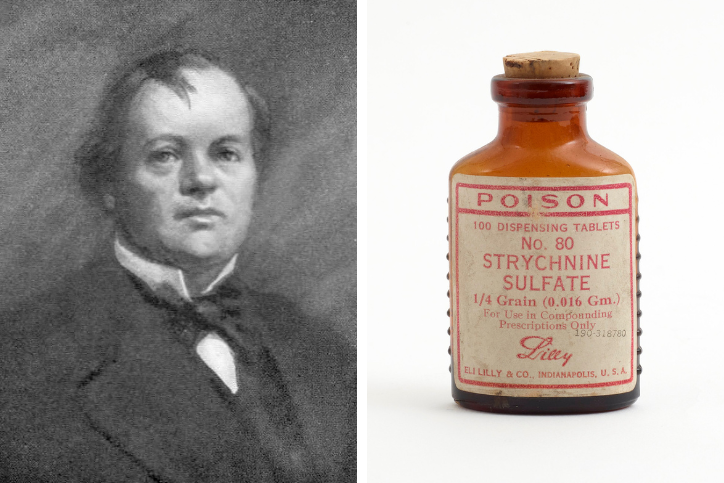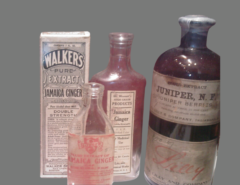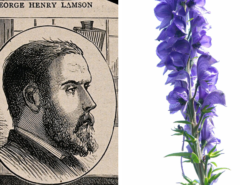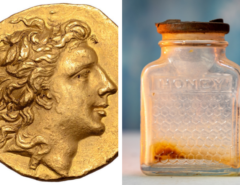*Disclaimer: This content is based on real historical events and includes sensitive language.*
The Prince of Poisoners
Charles Dickens called him “the greatest villain that ever stood in the Old Bailey” (Old Bailey is a name for a criminal court building in England). William Palmer, an English physician from the Victorian period (born 1824, died 1856), is widely considered the “Prince of Poisoners.” He is accused of murdering multiple members of his family and was executed by gallows for the murder of his friend John Cook. The motive of the murders is a cause as old as time itself: financial gain. The doctor was deeply in debt due to his wild lifestyle and betting on horse racing. It was thought that his family members were murdered to gain life insurance money. His friend John Cook was murdered for the large amount of money he won following a horse race, and it was believed that Dr. Palmer used strychnine to kill him.
What is Strychnine?
Strychnine is a chemical compound that affects the nervous system (the parts of the body that work together including the brain, spinal cord, and nerves). The cells of the spinal cord use chemical transmitters to send signals. Strychnine prevents the binding of one of the chemical transmitters called glycine. Glycine is an inhibitory transmitter (blocks a chemical message from being passed along) that decreases activity in cells. When glycine cannot bind correctly to the spinal cord, it causes increased muscle activity. This can lead to painful muscle spasms and seizures. Other symptoms might include rapid heart rate, increases in blood pressure and temperature, and respiratory failure. These symptoms tend to begin quickly, usually within minutes. Strychnine exposure can be deadly.
Strychnine in Victorian Times and Beyond
Strychnine was used by Victorian physicians in small doses as a stimulant (a substance that increases levels of activity inside the body). There are cases of strychnine use by athletes to improve performance, including by Olympic Marathon Runner Thomas Hicks in 1904. The International Olympics Committee banned strychnine use in the games since the 1960s, and it’s rarely used as an illicit performance enhancing agent in competitive sports now. However, there was a case of its illegal use in the 2016 Olympics!
Is strychnine still available today?
Yes, strychnine is used today by professional exterminators, primarily to kill gophers or moles. Occasionally it’s found in Chinese herbal medicines and in street drugs. It’s also found in the seeds of certain trees, mostly found in Asia and Australia.
How is strychnine poisoning treated with today’s modern medicine?
Strychnine poisoning can be serious and needs to be treated in a health care facility. Treatment includes medicines to stop seizures and muscle spasms, and external cooling techniques to keep the body cool.
What should I do if I or someone I know has been exposed to strychnine?
If anyone has been exposed to strychnine, please call your local poison center at 1-800-222-1222. Nearly all patients will need emergency care, following exposure. We are available 24 hours a day.
Amber Ferrell, PharmD
Certified Specialist in Poison Information





Leave a Reply